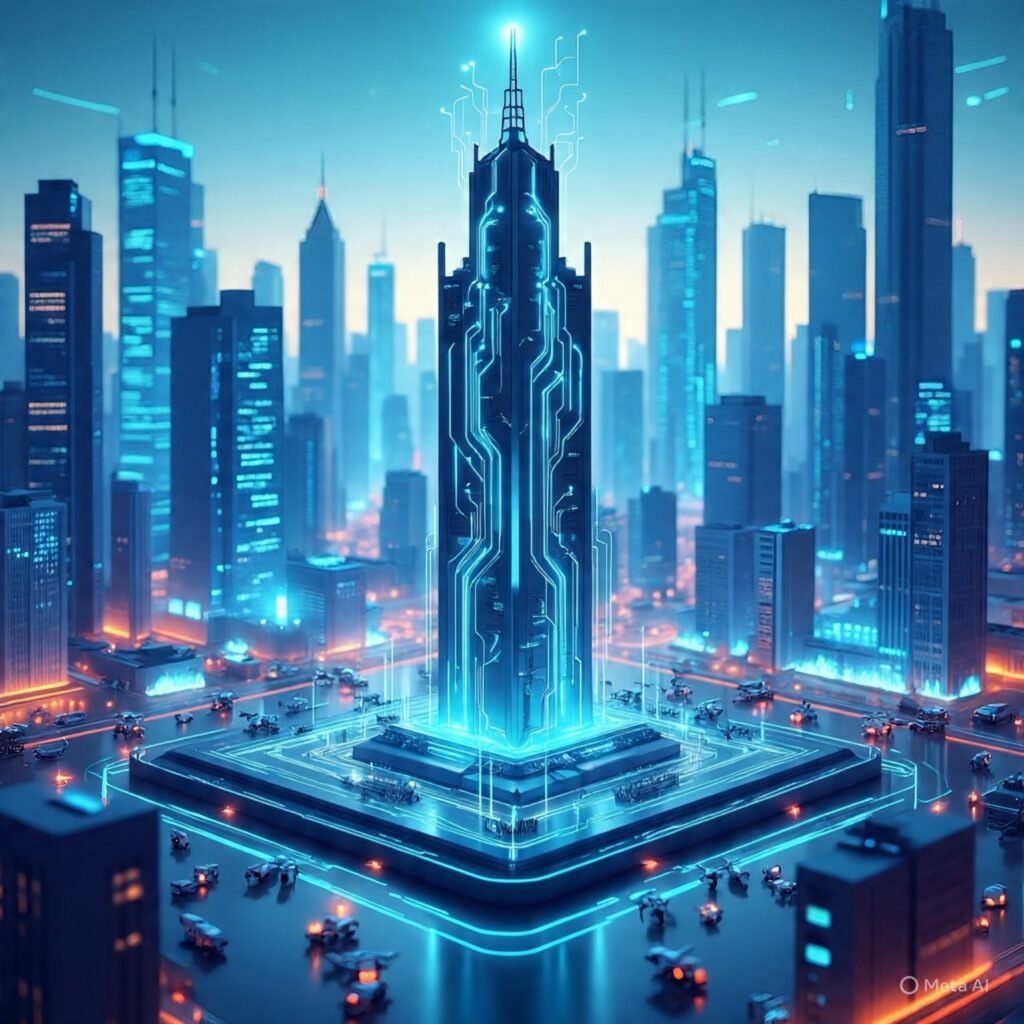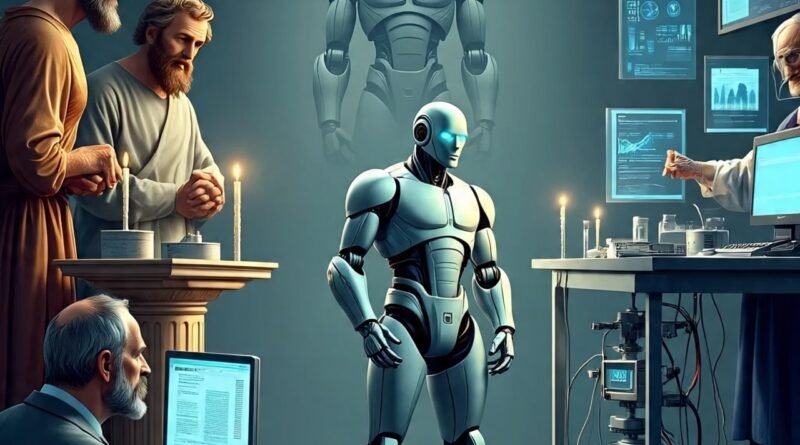A Journey Through AI: From Myth to a Modern Marvel 🤖
Artificial Intelligence. The term itself conjures images of everything from sci-fi robots to the virtual assistants in our phones. But AI isn’t just the stuff of futuristic movies; it’s a field with a rich and surprising history that has evolved from philosophical thought experiments into the transformative technology we see today. So, how did we get here?
experiments into the transformative technology we see today. So, how did we get here?
The Dream of Thinking Machines

The idea of creating intelligent, artificial beings isn’t new. It dates back to ancient myths about automatons and Golems. The real groundwork, however, was laid by mathematicians and logicians who started to formalize the rules of thought. In the 19th century, visionaries like Ada Lovelace and Charles Babbage imagined a “programmable machine” that could go beyond simple calculations. Lovelace is famously credited with writing what is considered the first algorithm for this machine, suggesting it could one day be used for more than just numbers.
This conceptual journey culminated in Alan Turing’s groundbreaking 1950 paper, “Computing Machinery and Intelligence.” He didn’t just ask, “Can machines think?” he proposed a way to test for it with the now-famous Turing Test. This was the moment the dream of AI began to take on a concrete, scientific form.
The Official Birth of AI

The field of AI was officially born in 1956 at a summer workshop at Dartmouth College. This is where a small but brilliant group of researchers, including John McCarthy, who coined the term “Artificial Intelligence,” gathered to explore the possibility of simulating human intelligence. They were incredibly optimistic, believing that they were just a few decades away from creating a thinking machine.
The years that followed saw exciting progress: programs that could solve math problems and play checkers, and the creation of ELIZA, one of the first chatbots. This period was full of ambitious promises, but the reality of limited computing power and complex real-world problems led to a period of stagnation known as the “AI winter” in the 1970s and 80s.
The Modern AI Revolution: Data and Power

The true renaissance of AI came with the rise of the internet, which created an unprecedented abundance of data, and the exponential increase in computing power. This allowed a new approach to take center stage: machine learning. Instead of manually programming every rule, machine learning algorithms learn by finding patterns in vast datasets.
1997: IBM’s Deep Blue defeats world chess champion Garry Kasparov, a symbolic victory showing a machine could out-think a human in a complex, strategic game.
2011: IBM’s Watson wins Jeopardy!, demonstrating a machine’s ability to understand natural language and answer tricky questions.
2016: Google’s AlphaGo defeats a human champion at Go, a game even more complex than chess, using a sophisticated form of machine learning called deep learning.
Deep learning, which uses multi-layered neural networks inspired by the human brain, is the engine behind today’s most powerful AI. It’s what allows for incredible feats like accurate image recognition, lifelike voice assistants, and, most recently, the explosion of generative AI that can create text, images, and other content.
Where Are We Now and What’s Next?
Today, AI is no longer a futuristic concept—it’s integrated into our daily lives. It’s in the recommendation algorithms of streaming services, the fraud detection systems in our banks, and the GPS in our cars. Generative AI tools are now helping people write code, create art, and summarize complex information, fundamentally changing how we work and learn.
The journey of AI is a testament to human curiosity and innovation. It wasn’t “found” in one moment, but rather built incrementally over centuries of thought and decades of research. The next chapter promises to be even more exciting, as researchers work towards creating systems that are not only intelligent but also safe and beneficial for all.

